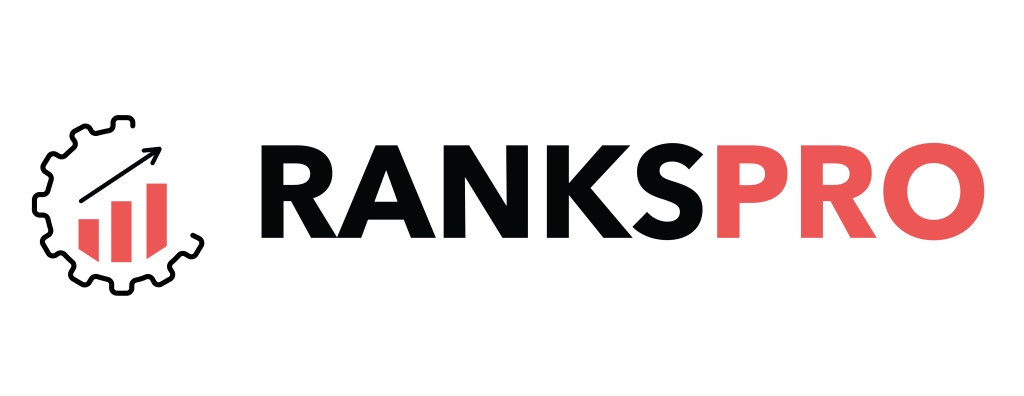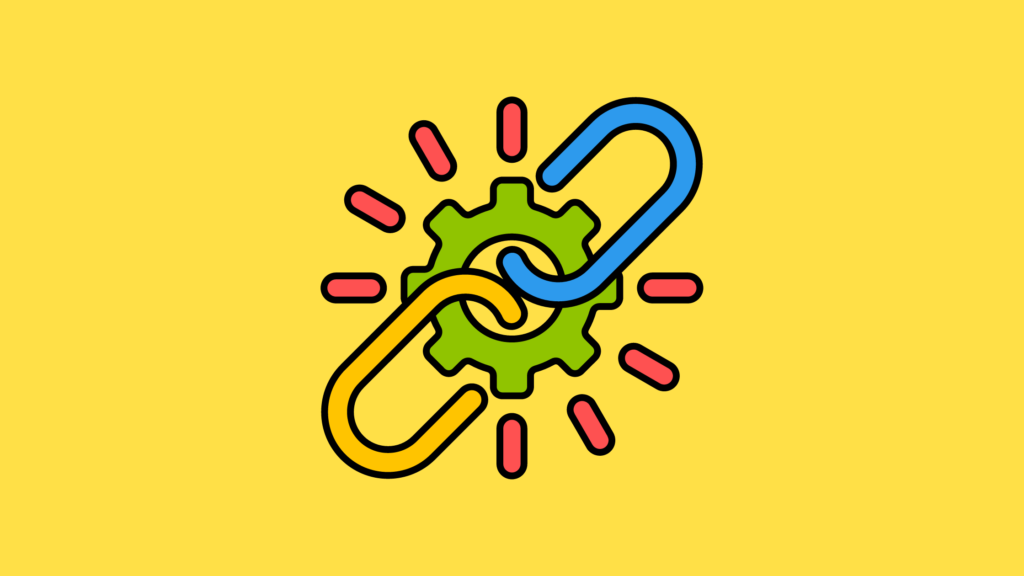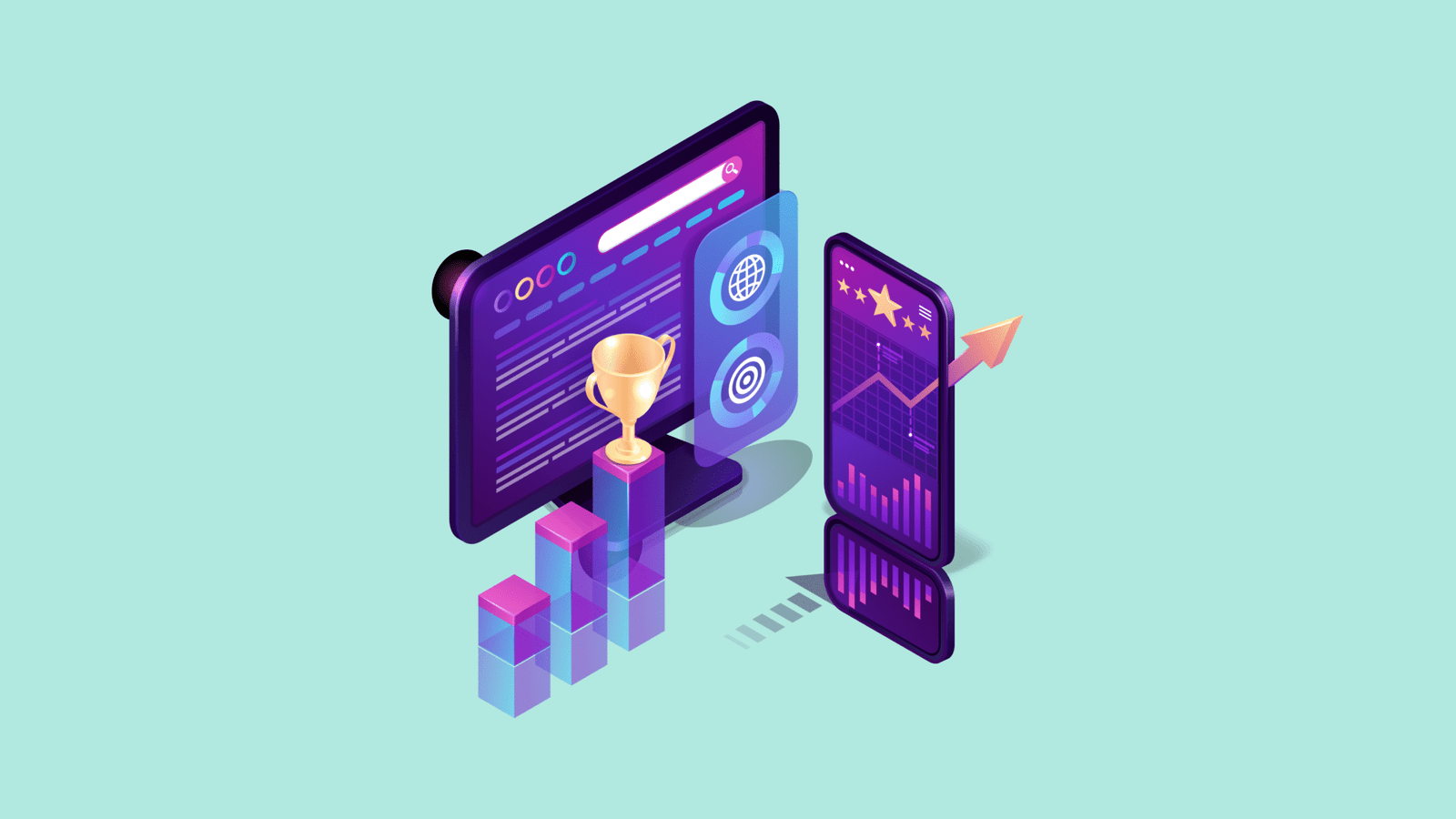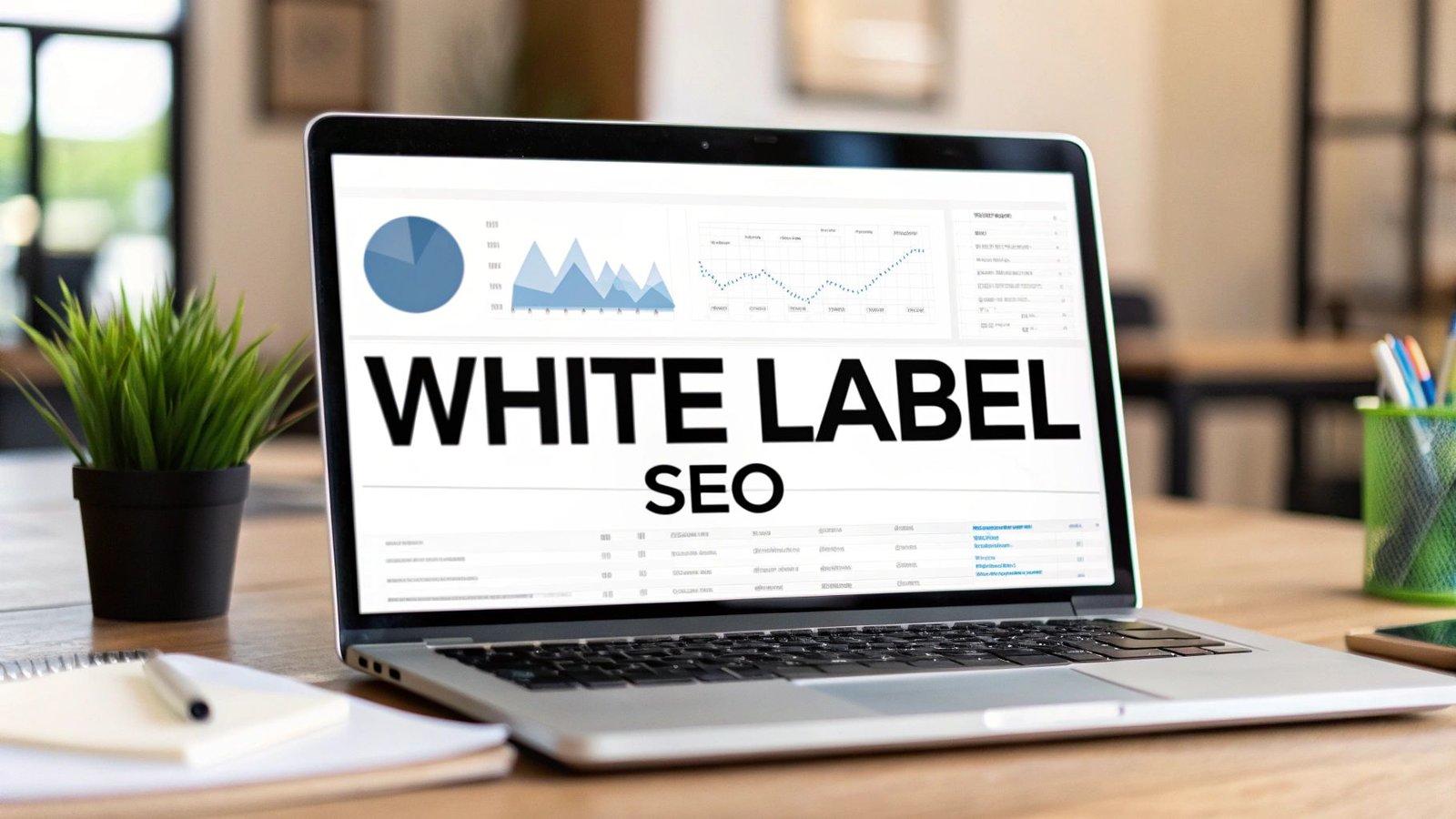In the SEO universe, external links are considered an imperative component of authority, user experience, and search engine rankings. Be it providing links to reputable sources on your own site or earning backlinks to your sites; external links build credibility and relevance for your website.
However, there are certain practices involved to use these links for SEO and how they will impact your rankings. You should when to use them and when to not.
In this blog, we discuss everything under the sun regarding external links: importance, best practices, and Google’s algorithm impact.
If you are a marketer, SEO expert, or website owner, understanding external links is crucial in leading you to build a credible and authoritative online presence.
What are External Links in SEO?
External links establish interlinkage between websites. In the world of SEO, they are vital paths for search engines to comprehend the relevance and authority of your website.
Links originating from eminent and legitimate sites (think top news publications and educational organizations) thereby render a clue to search engines regarding the trustworthiness of information on your site. Therefore, such external links are essentially the votes of confidence for establishing your site as an authority.
There are mainly two categories of external links:
- Outbound External Links
Outbound links are hyperlinks on the pages of your website that point to another website. Think of such links as either references or citations you’re giving to external sources. Though outbound links may seem to carry traffic away from your site, if these links are thoughtfully placed, they can actually benefit your SEO efforts.
- Internal Outbound Links
Inbound external links or backlinks are hyperlinks to your website from other websites. These are arguably the most important factors responsible for ranking on search engines. Search engines view backlinks as votes of confidence wherein those external sites value your content.
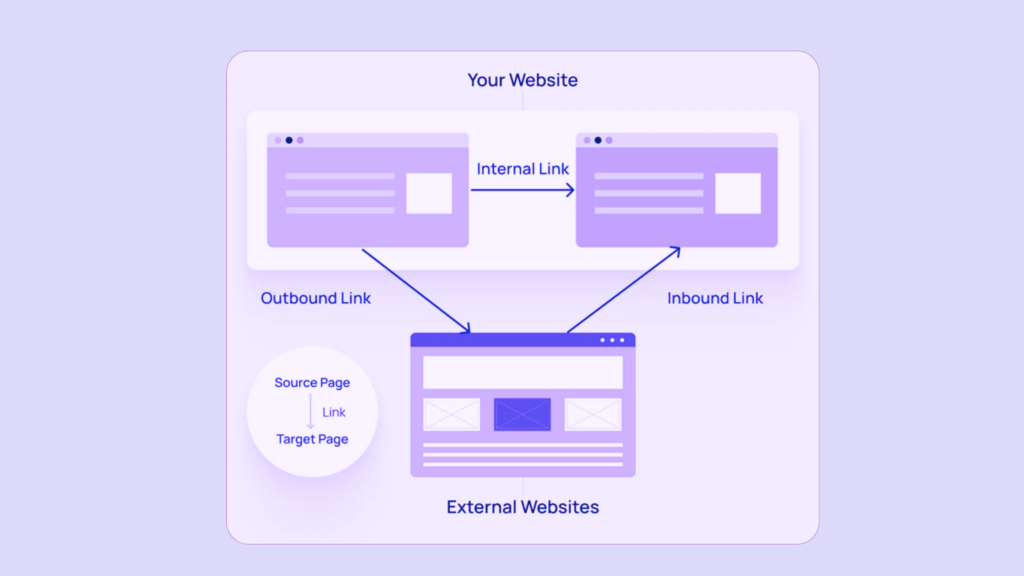
In SEO terms, external links have more weightage then just navigating the users to other websites. They carry enormous importance in helping search engines assess the relevance, trust, and trustworthiness of your website. They are votes of confidence, in a way, for your website from other websites.
Types of External Links
There are severl types of externals links in SEO that play different roles according to their purposes. These links contribute to improved SEO performance such as link building and increasing domain authority. Let’s get to know them:
1. Dofollow Links
Dofollow links represent the conventional link kind, and they carry potentially the greatest value for SEO. They are essentially an endorsement from one site to another, passing along somewhat of an authority capital called ‘link juice.’
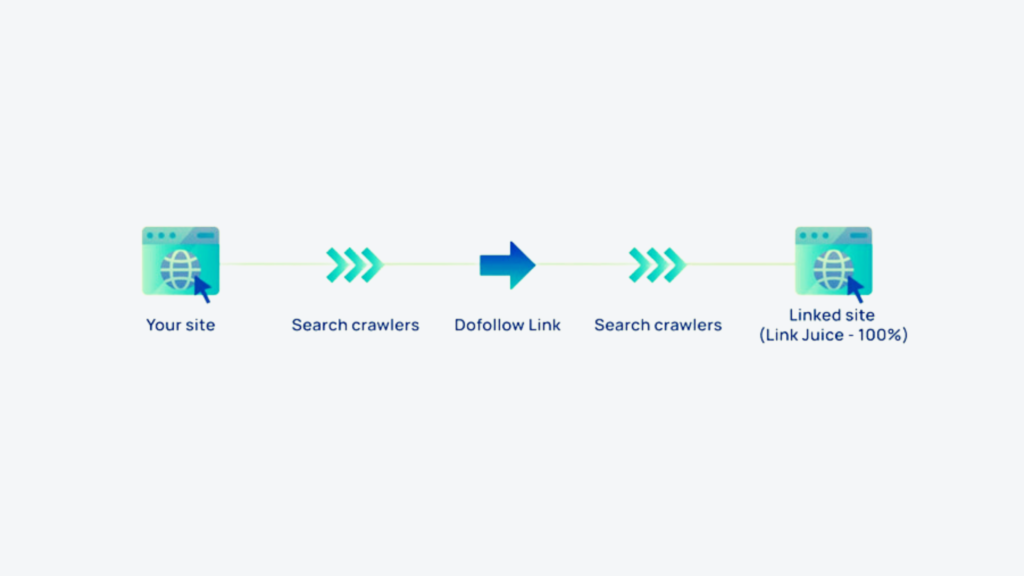
Dofollow links are one of the link types that impart link juice; therefore, they weigh greatly on search engines determining the relevance and authority of a page. Obtaining high-quality, dofollow backlinks from trusted sites is one of SEO’s major underlying principles.
2. Nofollow Links
A hyperlink is made nofollow by labeling it rel=”nofollow”. This tells search engines not to pass link juice or authority to the target page linked to. While not technically aiding in ranking in the same way as dofollow links, nofollow links can still add value to us.
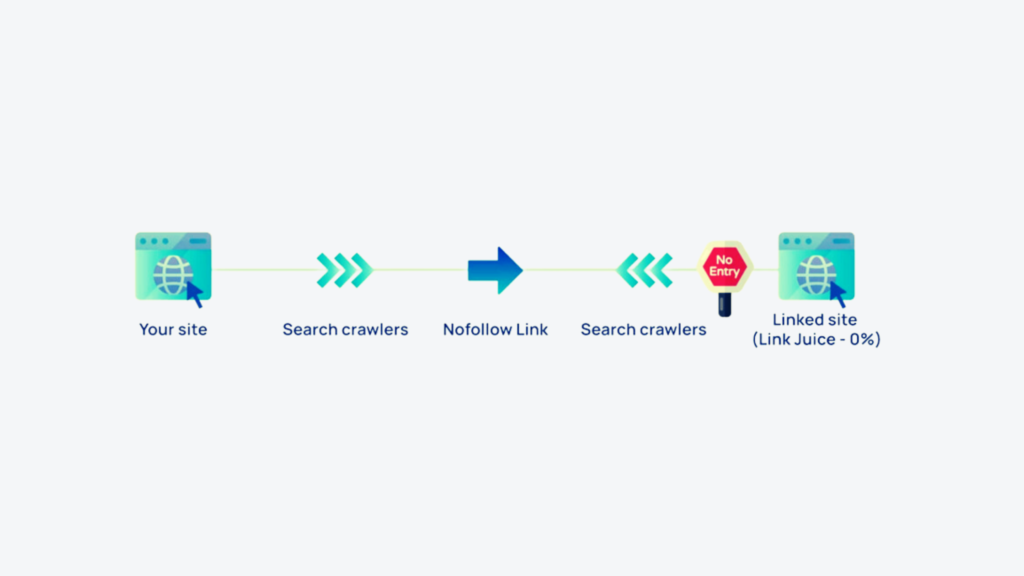
These links can act as a source of traffic and can therefore confer some measure of brand recognition. The existence of nofollows underpins the ethical implications of SEO in practice. Nofollows do save the integrity of rankings from being fiddled with through paid or other shady links.
3. User-generated Content (UGC) Links
The UGC links are generally in the user-generated content section like a comments section of a blog, forums, and guest posts. Most of the time, these links are automatically nofollowed so that spam and abuse may be prevented. So, while they will not help your rankings directly, they do help in increasing organic traffic and creating brand awareness.
4. Sponsored Links
Sponsored links are used for paid ads and affiliate links. They are categorized as nofollow as per search engine guidelines, and transparency must be maintained at all times. Sponsored content must be properly marked to avoid giving a false impression to its readers.
Do External Links Help SEO?
The answer is YES, they do. External links are very necessary for improving a website’s search engine rankings and drive relevant traffic to a site. They also establish its presence as a credible and authoritative source within any particular industry.
Here are the core reasons why they are important:
1. Backlinks as Votes of Confidence
Think of backlinks (inbound external links) as votes of confidence from other websites. An authoritative link from a particular known website pointing to your own piece of content sends a signal to search engines that your stuff is of value and importance and trustworthy site for referencing.
So, when you create quality backlinks, automatically your website accrues high levels of authority and trust in the minds of search engines. When such high authority is established, it reflects in higher rankings.
2. Relevance and Context
Backlinks from websites that address your field or niche become particularly pertinent. Such links tell search engines what your site is about and how relevant it is to a search query for specific keywords. For instance, if the website is for training dogs, a backlink from a prominent pet blog would be very relevant and advantageous.
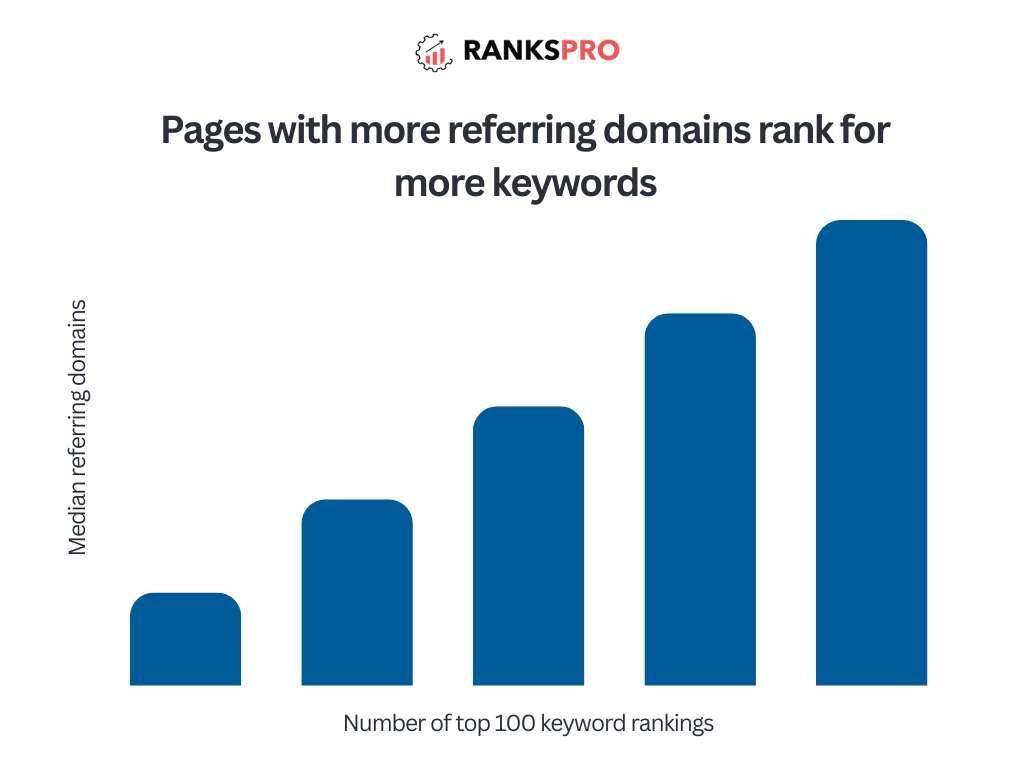
3. Driving Targeted Traffic
In terms of external linking, targeted traffic can be directed to your site. When a user clicks on links from another website, he/she is on your site. Often, such traffic is very targeted, as users would have shown an interest in the topic or industry your website deals with.
4. Improved Domain Authority
Domain Authority (DA) is an index developed by Moz that determines how well a specific website can rank on search engines. Although it is not among the many direct ranking factors that Google uses, it can serve as a useful comparative measure. Quality backlinks are critical to improving the DA of any website.
5. A Natural Link Profile
One must build a natural and diverse backlink profile. Google penalizes websites that artificially add low-quality backlinks to manipulate rankings and promote their content. Thus, a healthy link profile consists of a variety of links coming from multiple sources, such as blogs, news articles, directories, and social media.
Best Practices for External Linking with Examples
Including external links, be it outbound or inbound, is one of the best tools in your SEO toolbox. However, the power within them depends on how you employ them.
Following best practices ensures that you can maximize all advantages from them while being free from all possible pitfalls.
1. Linking to high-quality, reputable sources (authority sites)
Your best bet for linking is to sites that have already branded themselves as authorities in their fields. Think things such as established news outlets, credible industry blogs, government websites, and famous colleges. These links tell search engines that your stuff is tied to trustworthy and reliable information.
For instance, if you are writing an article on climate change, linking to the IPCC (Intergovernmental Panel on Climate Change) website would fit in quite well.
2. Avoid linking to spammy, low-quality sites
Generally, these sites induce you to contribute to their promotion. These sites usually have thin or poorly rendered content or have previously engaged in spammy acts in their dealings. Their reputation will subsequently rebound back onto your site.
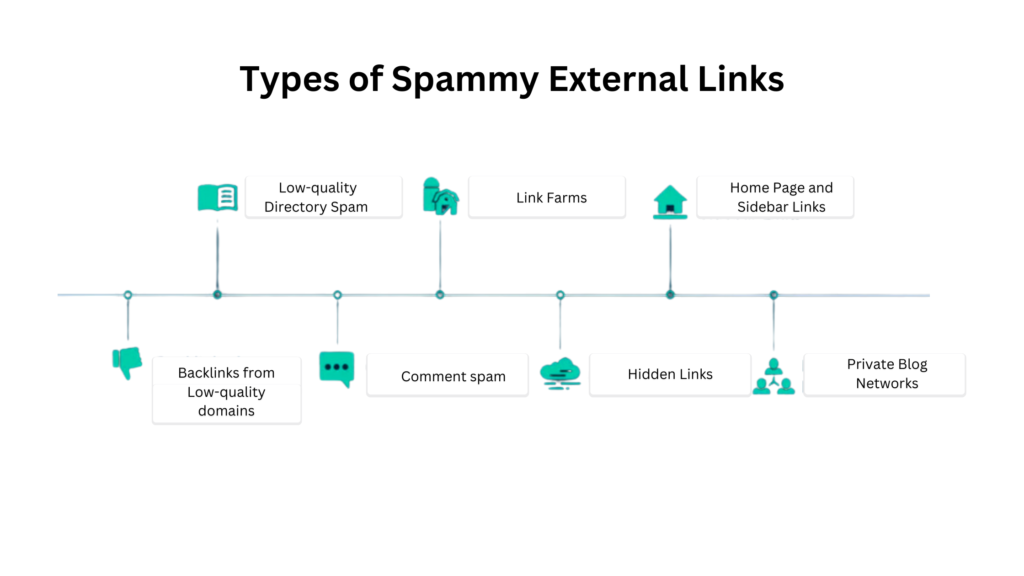
Broken links (404-erroring pages) deter from the users’ experience, again pulling back any chances of good SEO. It’s, therefore, prudent to avoid linking to such a dubious site; linking to a declined or suspicious website for a positive or financial aspect will spoil the reputation of your website.
For example, in writing financial advice, it will be irrelevant for you to link to an e-commerce site selling unrelated products.
3. Use descriptive, keyword-inclusive anchor texts
Anchor text is that visible, clickable text in any hyperlink. Instead of generic texts like “click here” or “read more,” use descriptive and keyword-rich anchor texts that reflect accurately what the linked page is about. This will help users, as well as search engines, understand the link’s purpose.
For example, use “learn more about positive reinforcement dog training” instead of “click here to learn more about dog training.”
Generic anchor text has limited or no value for search engines because it is often seen as a signal for low-quality linking practices. It would be best to use specific and descriptive anchor text that reflects the link’s destination.
4. Let it be natural and contextually relevant
Keyword-rich anchor text has its good sides, but it must also be kept natural and relevant to the surrounding content; do not keyword-stuff anchor texts with inapt terms. The anchor text must flow with the sentence naturally and to the reader’s sense.
For instance, an anchor text for an article talking about “best hiking trails in Yosemite” should be something like “Yosemite National Park’s famous hiking trails,” instead of just “hiking trails.”
5. Use dofollow for trusted and reliable sources
You put dofollow links to valid and wanted sources that you genuinely recommend to your audience: links to authoritative websites, links to articles with informative content, and links to helpful resources that would improve user experience. These links pass link equity and help rank the page being linked to.
For instance, if you’re talking about the importance of high-quality chocolate in your blog posts then link to a reputed chocolate brand website either from “About Us” page or a chocolate-making process page. This will be a dofollow follow because it’s a good resource that offer information about the chocolate you recommend.
6. Use nofollow links for sponsorships, affiliation, or user-generated content
Nofollow links meant for sponsorships, affiliates, or user-generated content links such as comments. It tells the search engines not to pass link equity which serves a primary need for transparency and ethical SEO practices. Links not to be followed are also apt for links to sites that you do not entirely favor or may be of poor quality.
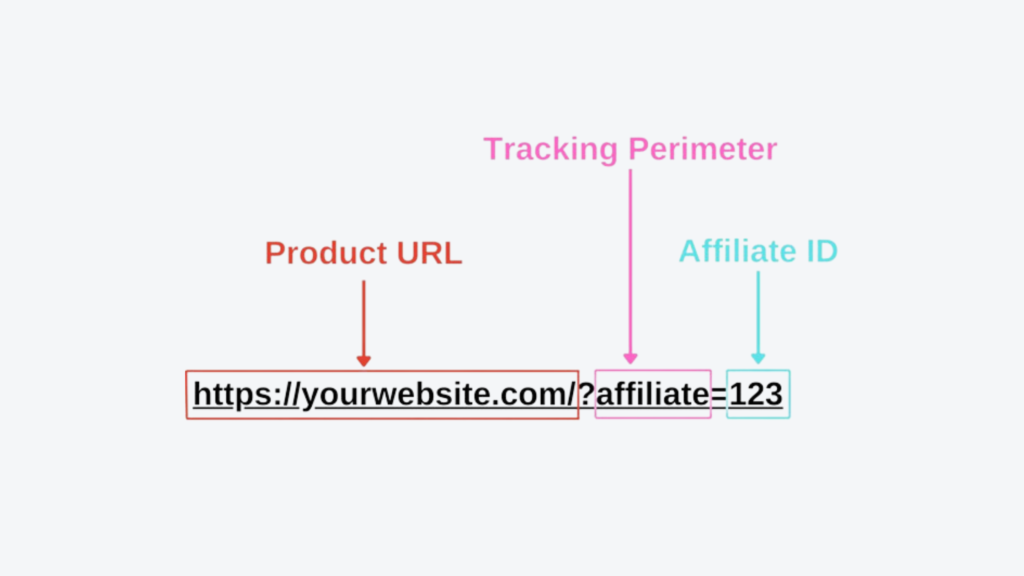
For example, you should use nofollow attribute for affiliate links you will get from the chocolate brand that is referring to your blog post. If any of your readers buy that chocolate via this link, you will earn a commission. However, using nofollow link will be adhered to search engine rules.
7. Allow links to open in a new tab
This way, users are not diverted from your website by clicking on external links, thus keeping the bounce rate down and the content alive in their minds. With external links opening in the same tab, at least when a person clicks on the external link, he is off your site and is probably not going to visit again.
Users can always find this link and use the content without losing their fine place on the site or having difficulty getting back to it. Thus, increasing content that a user accesses and helping in reducing bounce rate, both relating positively to signals geared towards engine searches.
External Linking Common Mistakes You Should Avoid
Apart from using external links to boost your SEO efforts, you should also know the practices that shouldn’t be followed to keep it ethical. Here are the external linking mistakes you should avoid:
1. Linking to low-quality or spammy sites
This is, of course, one major warning sign. Linking to thin content sites with lots of ads, or spammy history, can damage the reputation of your own site before search engines. So, get comprehensive research done on a site before linking to it.
2. Disregarding Nofollow Links
In as much as they do follow valuable SEO linking, do follow links, Nofollow links will also have their part to play. Nofollow links have been ignored, thereby causing an unbalanced backlink profile, which could probably raise suspicion. A natural link profile contains a healthy mixture of both dofollow links and nofollow links.
3. Creating irrelevant backlinks
Backlinks from websites in unrelated industries or niches are less value and oftentimes are considered spammy. Hence, one must focus performances to find online sites where the backlinks are in line with your topic and targeted audience.
4. Broken Links
A broken outbound link equals unwanted bad taste for the user accompanied by a slap against your SEO. Verifying the functioning capacity against links to ensure that they go to the right pages should be routine.
5. Over-Linking
Too many outbound links can dilute the value of each such link and cast a spammy appearance over your web page. It is best to consider quality over quantity. Link only to the most relevant and credible resources.
6. Neglecting Link Attribute for Accessibility
Although it does not strictly fall under the category of SEO mismanagement, an absence of security and accessibility practices results from neglecting to use rel=”noopener noreferrer” for external links that open in a new window. This enables manipulation of the original tab via JavaScript by the new tab, and thus using this kind of attribute is good practice.
Evolving Linking Policies by Google
Google’s linking policies are not static; they are dynamic, at times rapidly changing to avoid tricksters and scamps from keeping the integrity of search results. It is therefore vital for every website owner or SEO professional to keep updated on these changes.
Here is what digital marketers should know:
- Quality over Quantity: Google has put a lot of emphasis on the value of a link over its number. A few high-quality backlinks from relevant and authoritative websites would result in far more value than huge numbers of low-quality or irrelevant links.
- Emphasis on Context and Relevance: The algorithms of Google are becoming increasingly sophisticated in determining the context and relevance of links to each other. The consideration of links from thematically relevant sites to your content plus surrounding relevant text makes such links invaluable. This elevates the importance of high-quality content that creates attractors for natural links from the rightly relevant sources of their kind.
- Algorithmic Improvements and Their Influence: Google keeps on making changes to its algorithm, some of which hit directly on link-related issues. Changes sometimes adversely affect the ranking of websites, thus prompting people to keep abreast of development regarding linking strategy. One should read up on the current news in the industry and be informed about the latest developments from Google.
- Countering Link Schemes: Google also identifies and penalizes all links referring to link schemes like paid link buying, reciprocal linking, and private blog networks (PBNs). These tactics are severely manipulative and breach Google’s guidelines. It is also ideal to stay away from such manipulations in the long run to have better SEO.
Track External Links with RanksPro
An effective SEO strategy demands proper management and monitoring of the external links. RanksPro is an all-in-one SEO tool that provides everything you’ll ever need to track and analyze your backlink profile efficiently using the data and insights it delivers so that you’re capitalizing on the power of external links to their fullest extent.
Backlink analysis tool by RanksPro provide a holistic view of your external links along with the invaluable data on their quality, relevance and SEO impact.
Here’s how RanksPro helps to track your external links:
- In-depth Backlink Database: RanksPro has a huge database of backlinks to identify all those websites that link to your domain. That will give a clear and full view of the backlink profile.
- Detailed Link Metrics: At RanksPro, one can find different metrics about each backlink such as Domain Authority (DA), Page Authority (PA), anchor text, link type (dofollow/nofollow), etc. These help in assessing the quality and value of each link.
- Spam Score and Toxicity Analysis: RanksPro advanced spam filters identify potentially harmful or low-quality backlinks that might be harming your SEO and point with their toxicity score, which calculates the possible associated risk with certain backlinks.
- Relevance and Context Analysis: RanksPro thus analyzes the relevance and context of your backlinks so that your backlinks come from sites truly related to your industry or niche. The end result is indeed efforts directed at links that are actually worth acquiring for your SEO approach.
- Regular Backlink Analysis: RanksPro regularly and consistently participates in updating its backlinks database through which real-time information of your backlink profile is available. This means that you can get to know real-time updates of new backlinks you just had while tracing old links and their deletion.
- Competitors’ Backlink Comparison: RanksPro permits the analysis of the competitor backlink profiles, thus giving insights into their link-building strategies. This further opens the doors to opportunities for acquiring similar high-quality links.
- Customizable Reports: Generate customizable reports that can track your growth in backlinks, analyze the quality of links, and monitor your overall progress in link building. These reports can be easily shared with clients or team members.
With RanksPro backlink analysis and tracking, you can collect a clear understanding of your external link profile, find opportunities and prevent risks, thereby maximizing the effectiveness of your link-building initiatives and boost the SEO performance of your website..
